An Introduction to Siberian Huskies
Welcome, dog lovers! Let’s take you into a beautiful world of the Siberian Husky. Imagine a pack of these stunning, blue-eyed dogs charging through a snowy landscape, their powerful strides taking them across miles of icy terrain. With their striking looks and affectionate nature, Siberian Huskies have captured the hearts of many. So, let’s dive in and get to know these fluffy, four-legged friends!
Related Image Galleries: Siberian Husky Pictures | Husky Wallpaper | Husky Puppies
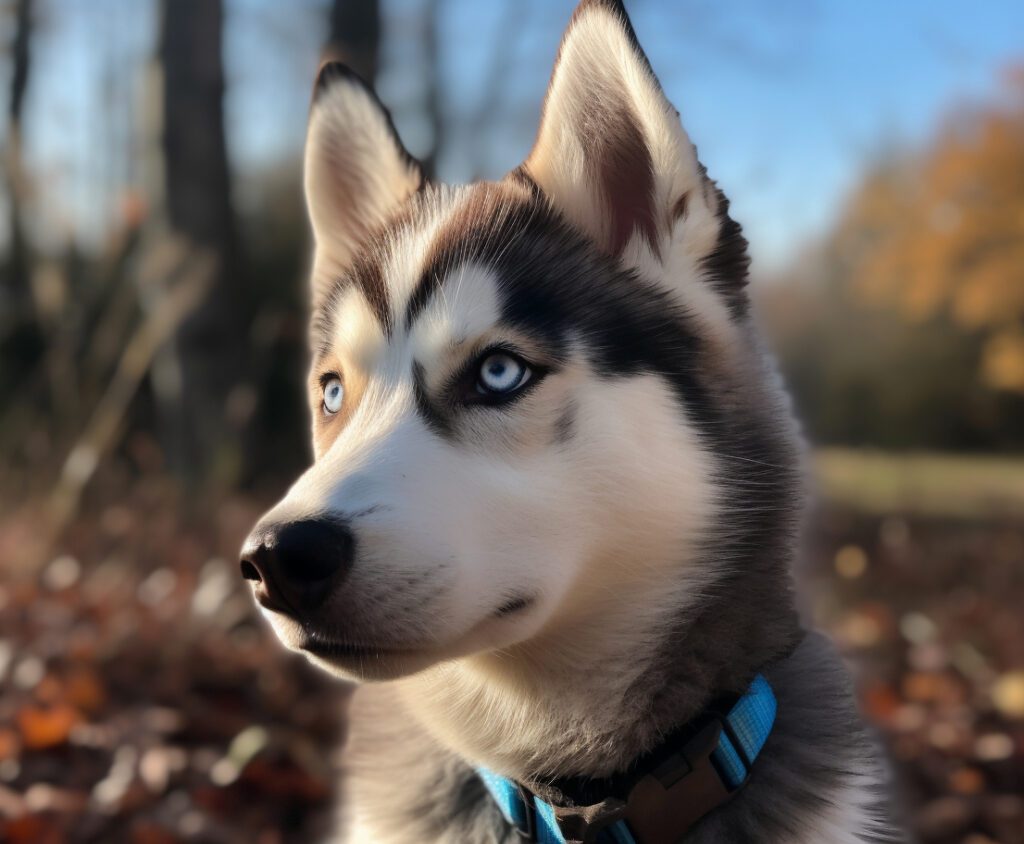
Brief History and Origin of the Breed
Siberian Huskies have a long and fascinating history that dates back thousands of years. They were originally bred by the Chukchi people, an indigenous tribe in Siberia, to be sled dogs and companions. The Chukchi relied on these dogs for transportation and to help them survive the harsh Arctic climate. Siberian Huskies were eventually brought to Alaska in the early 20th century, where they gained fame as sled dogs during the gold rush and later in sled racing events like the legendary All-Alaska Sweepstakes and the Iditarod Trail Sled Dog Race.
1. Appearance and Physical Traits
Siberian Husky’s Physical Appearance
Siberian Huskies are medium-sized dogs, known for their striking appearance. They possess a wolf-like face with expressive, almond-shaped eyes that come in shades of blue, brown, or a mixture of both. Their ears are triangular and stand erect, while their tail is bushy and curls over their back. The Siberian Husky’s coat features a variety of colors, including black, gray, red, and white, often in striking patterns.
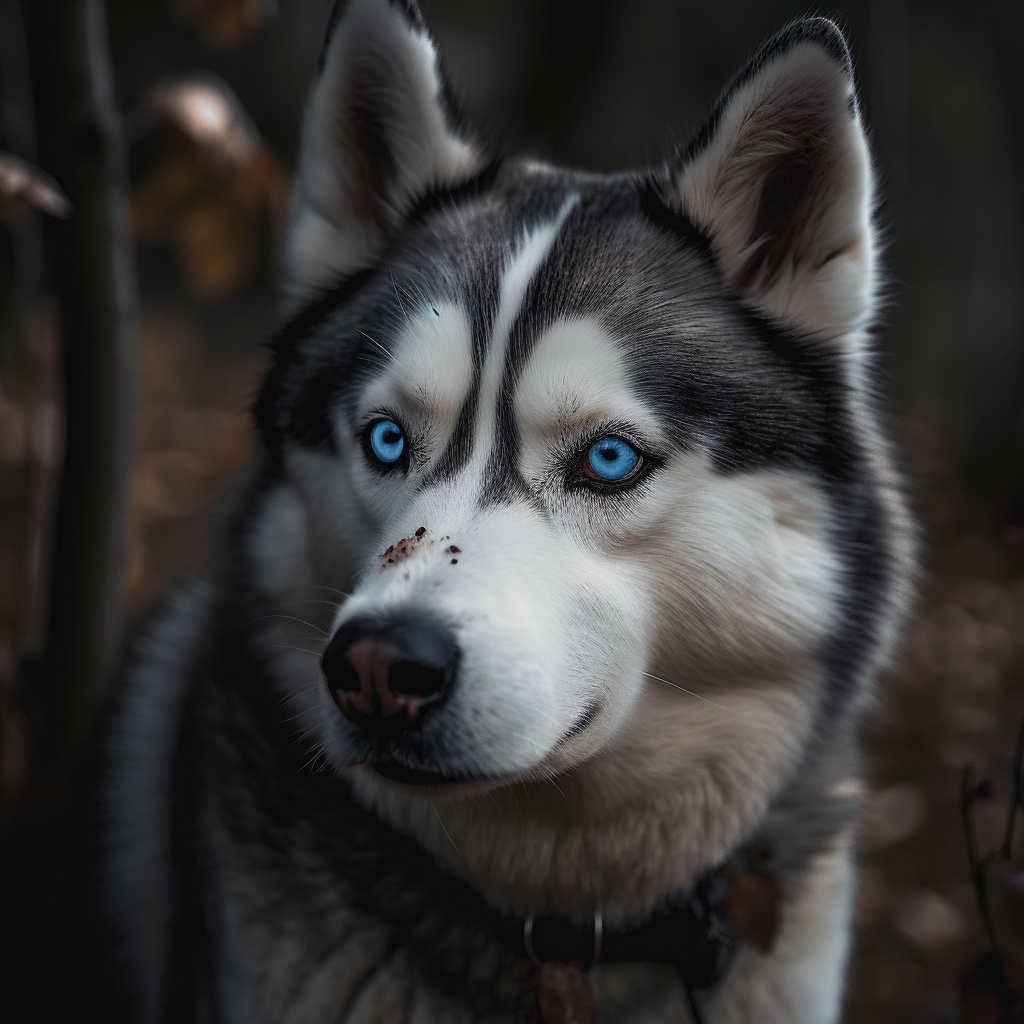
The Double Coat and Its Benefits
One of the Siberian Husky’s most distinctive features is their double coat. The undercoat is dense and soft, providing insulation against extreme temperatures, while the outer coat is longer and water-resistant, protecting them from wind and snow. This incredible coat allows Siberian Huskies to thrive in both cold and warm climates, making them versatile and adaptable companions.
Size and Weight
Siberian Huskies are considered a medium-sized breed. Males typically stand between 21 to 23.5 inches tall at the shoulder and weigh between 45 to 60 pounds. Females are slightly smaller, standing between 20 to 22 inches tall and weighing between 35 to 50 pounds. Despite their somewhat compact size, Siberian Huskies are strong and agile, capable of pulling heavy sleds and navigating rough terrain with ease.
2. Siberian Husky Temperament and Personality
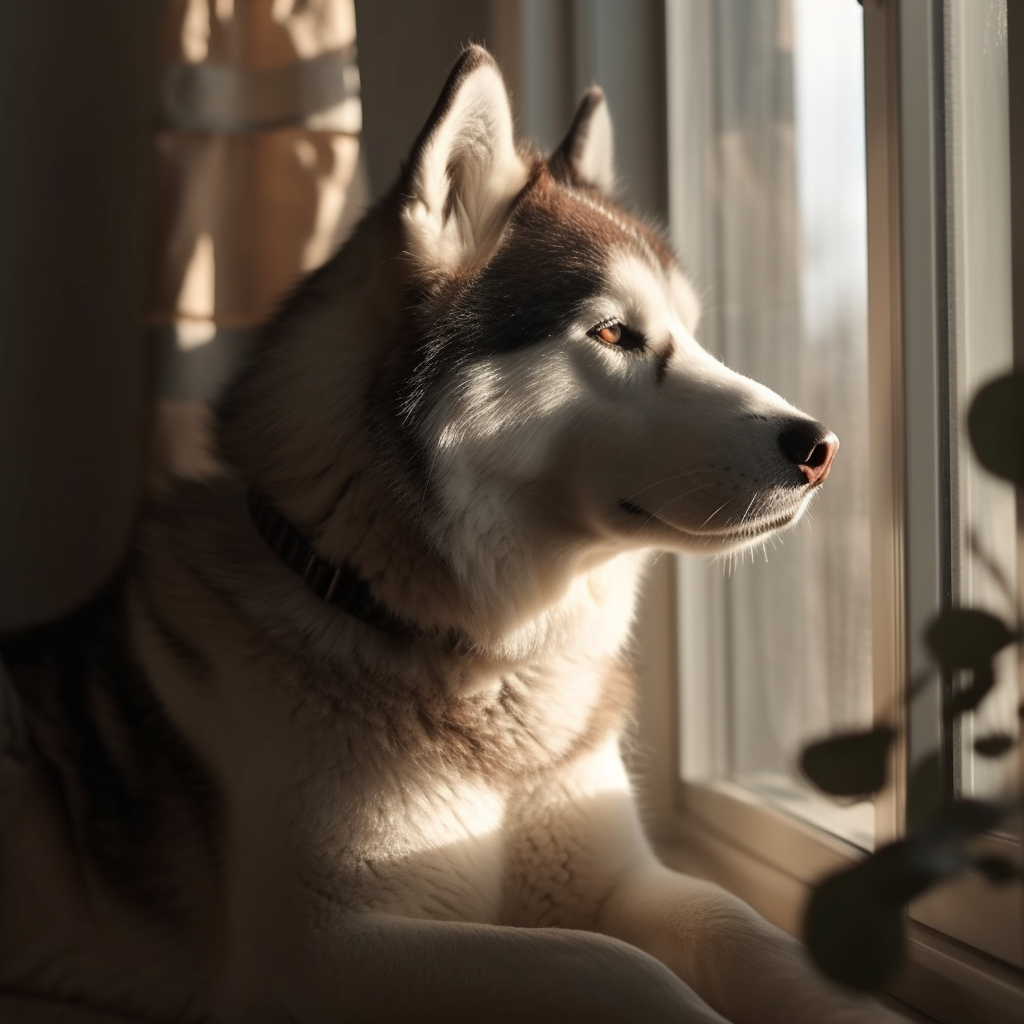
Loyalty and Affection Towards Their Family
Siberian Huskies are known for their unwavering loyalty and affection towards their families. They form strong bonds with their human pack and are known to be gentle and loving companions. These dogs thrive on human interaction and enjoy spending time with their families, whether it’s going on a hike, playing in the yard, or snuggling up on the couch.
Intelligence and Independence
Siberian Huskies are highly intelligent dogs, which makes them both a joy and a challenge to train. They have a strong independent streak, which can sometimes make them appear stubborn or aloof. It’s important to establish yourself as a firm, yet loving leader to ensure your Siberian Husky understands their place in the family hierarchy. With proper training and consistency, these clever canines can learn a wide variety of commands and tricks. Just be prepared for their occasional bouts of selective hearing!
Playfulness and Energy Levels
Siberian Huskies are incredibly playful and energetic dogs. They have a seemingly endless supply of energy, thanks to their sled dog heritage. Huskies love to run, hike, and play, making them perfect companions for active families. However, this also means they require a significant amount of exercise and mental stimulation to keep them happy and healthy. A bored Husky can become destructive or develop behavioral issues, so it’s important to provide them with plenty of outlets for their energy.
You can read more about their personality and behavior in our full article on Husky Personality and Temperament >>

Interaction with Children and Other Pets
Siberian Huskies are generally good with children, making them a popular choice for families. They are patient and gentle with kids, and their playful nature means they can be great playmates. However, as with any breed, it’s essential to supervise interactions between dogs and young children to ensure both parties remain safe and respectful.
When it comes to other pets, Siberian Huskies can coexist peacefully with other dogs, especially if they’ve been socialized from a young age. However, due to their high prey drive, they may not be the best choice for homes with small animals such as cats, rabbits, or rodents. Proper socialization and training can help, but it’s important to remember that each dog is an individual, and some may have a stronger prey drive than others.
3. Husky Health and Lifespan
Common Health Issues in Siberian Huskies
Siberian Huskies are generally a healthy breed, but like all dogs, they can be prone to certain health issues. Some common health problems in Huskies include hip dysplasia, eye issues (such as cataracts and progressive retinal atrophy), and hypothyroidism. To keep your Siberian Husky healthy, regular vet check-ups are essential for early detection and treatment of these potential health problems.
Tips for Maintaining a Healthy Siberian Husky
To help maintain your Siberian Husky’s health, ensure they receive a balanced diet and plenty of exercise. Keep up with vaccinations and preventative care, such as heartworm and flea treatments. Regular vet check-ups can help catch any health issues early on, increasing the chances of successful treatment.
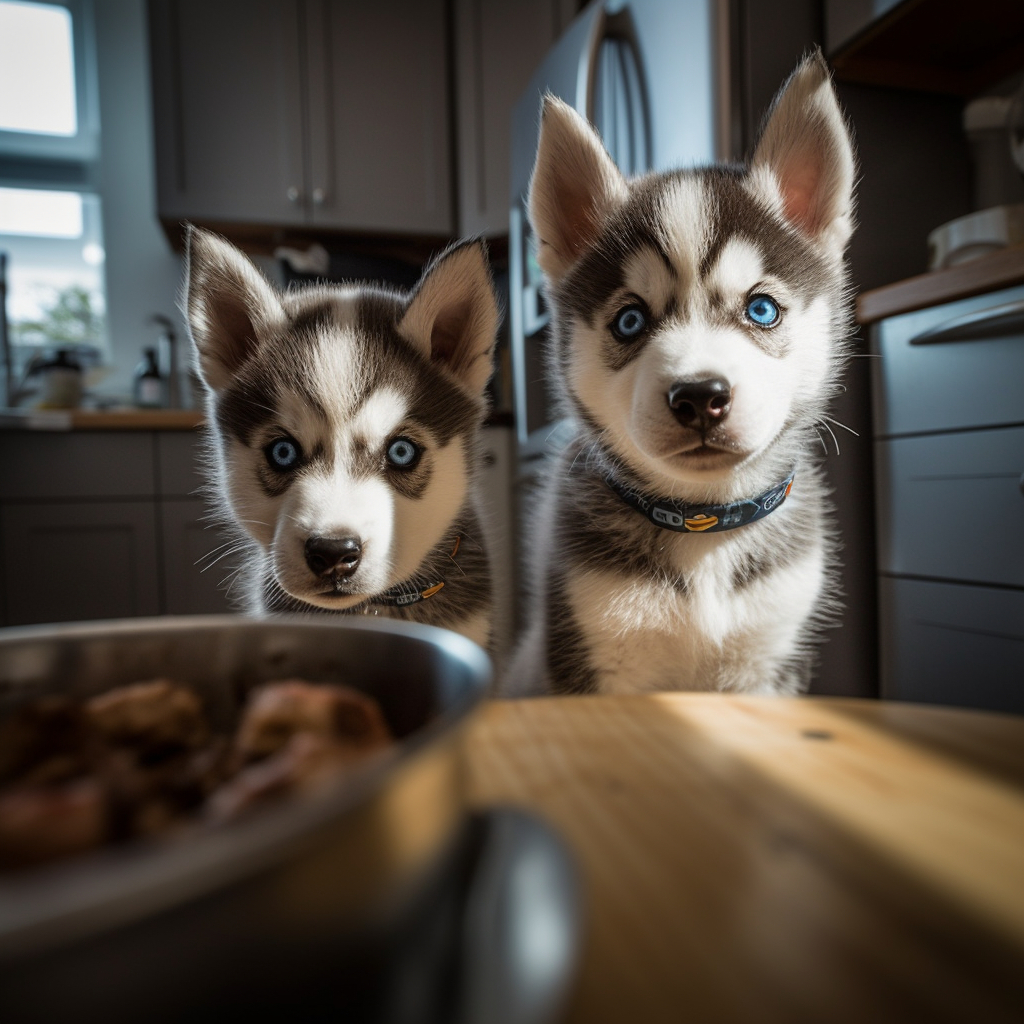
It’s also essential to provide your Husky with mental stimulation to prevent boredom and its associated behavioral issues. Interactive toys, puzzle feeders, and obedience training can all help keep your dog’s mind sharp and engaged.
Average Lifespan
Siberian Huskies typically have a lifespan of 12 to 15 years, though some can live even longer with proper care. By providing your Husky with a healthy lifestyle, regular veterinary care, and plenty of love, you can help ensure they live a long, happy life.
4. Training and Exercise Needs
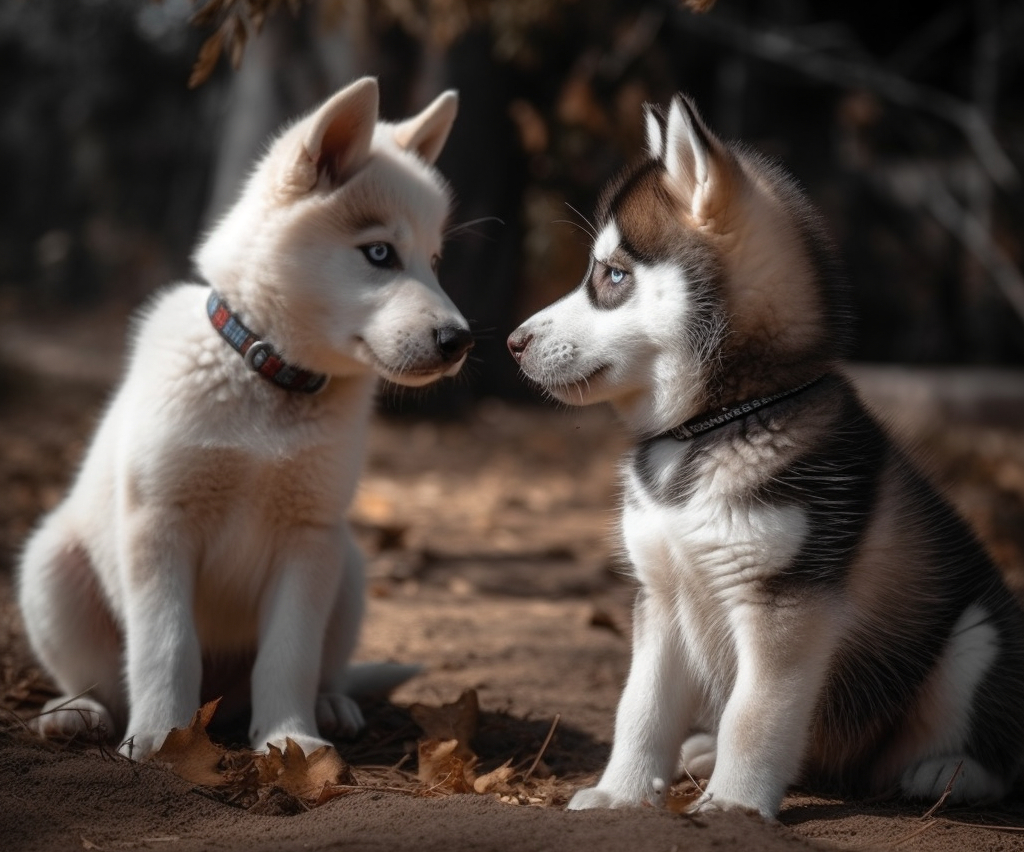
Importance of Early Training and Socialization
Siberian Huskies are intelligent and independent dogs, which can make training a challenge. It’s crucial to start training and socializing your Husky from an early age to help them grow into well-adjusted, well-behaved adults. Early socialization exposes your puppy to a variety of people, animals, and environments, which can help prevent fear and aggression as they grow.
Tips for Effective Siberian Husky Training
When training your Siberian Husky, consistency and patience are key. Use positive reinforcement techniques, such as praise and treats, to reward good behavior. Huskies can be stubborn, so it’s important to establish yourself as a firm yet loving leader. Keep training sessions short and engaging, as Huskies can become bored quickly.
Remember that each dog is unique, and what works for one Husky may not work for another. Don’t be afraid to try different training methods until you find one that works best for you and your dog. And if you’re struggling, don’t hesitate to seek help from a professional dog trainer.
Exercise Requirements and Keeping Them Engaged
As mentioned earlier, Siberian Huskies have high energy levels and need plenty of exercise to keep them happy and healthy. They excel at activities like running, hiking, and playing fetch. Make sure to provide your Husky with at least 1-2 hours of exercise per day, including both physical and mental stimulation.
In addition to physical exercise, mental stimulation is essential for Huskies. Interactive toys, puzzle feeders, and training sessions can all help keep your dog’s mind engaged and challenged.
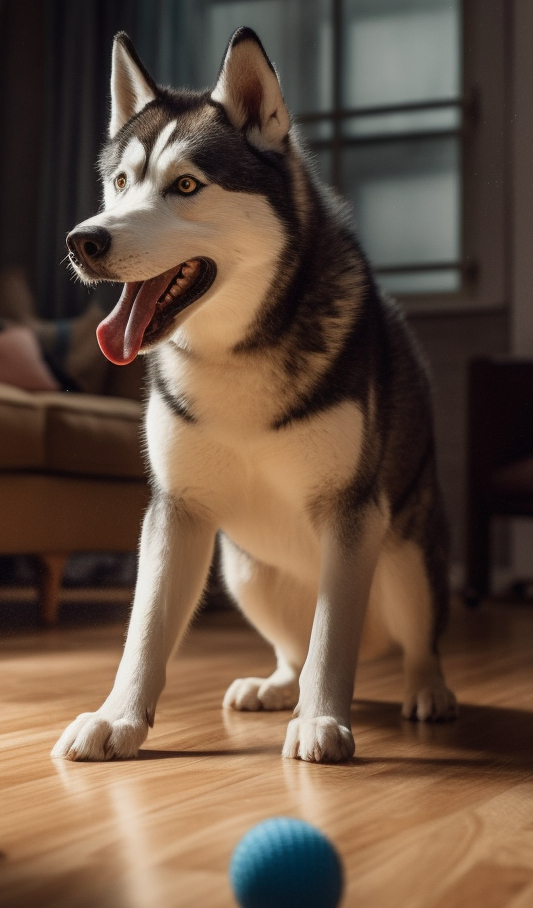
5. Grooming and Maintenance
Shedding and Deshedding Techniques
Siberian Huskies have a thick double coat that sheds throughout the year, with heavier shedding occurring twice a year during the seasonal coat “blow.” Regular brushing can help minimize shedding and keep your Husky’s coat healthy. Invest in a quality deshedding tool, such as a slicker brush or undercoat rake, to help remove loose fur and reduce shedding around your home. For more information, see our full article on Husky Deshedding >>
Husky Bathing and Grooming Needs
Siberian Huskies are relatively low-maintenance when it comes to bathing, as their coats naturally repel dirt and stay relatively clean. Aim to bathe your Husky every few months or as needed, using a gentle dog shampoo to protect their skin and coat. Overbathing can strip their coat of essential oils, so it’s important not to overdo it.
Regular grooming of your Husky is essential for maintaining your Husky’s coat and preventing matting. In addition to brushing, trim the hair between their paw pads to keep them from slipping on smooth surfaces and to prevent debris from accumulating. You can also use a grooming rake to remove any loose hairs or tangles from their topcoat.
Dental Care, Nail Trimming, and Ear Cleaning
Good dental hygiene is important for your Siberian Husky’s overall health. Regularly brush your dog’s teeth with a dog-specific toothpaste to prevent plaque buildup and dental issues. If you’re unsure about how to brush your dog’s teeth, ask your veterinarian for guidance.
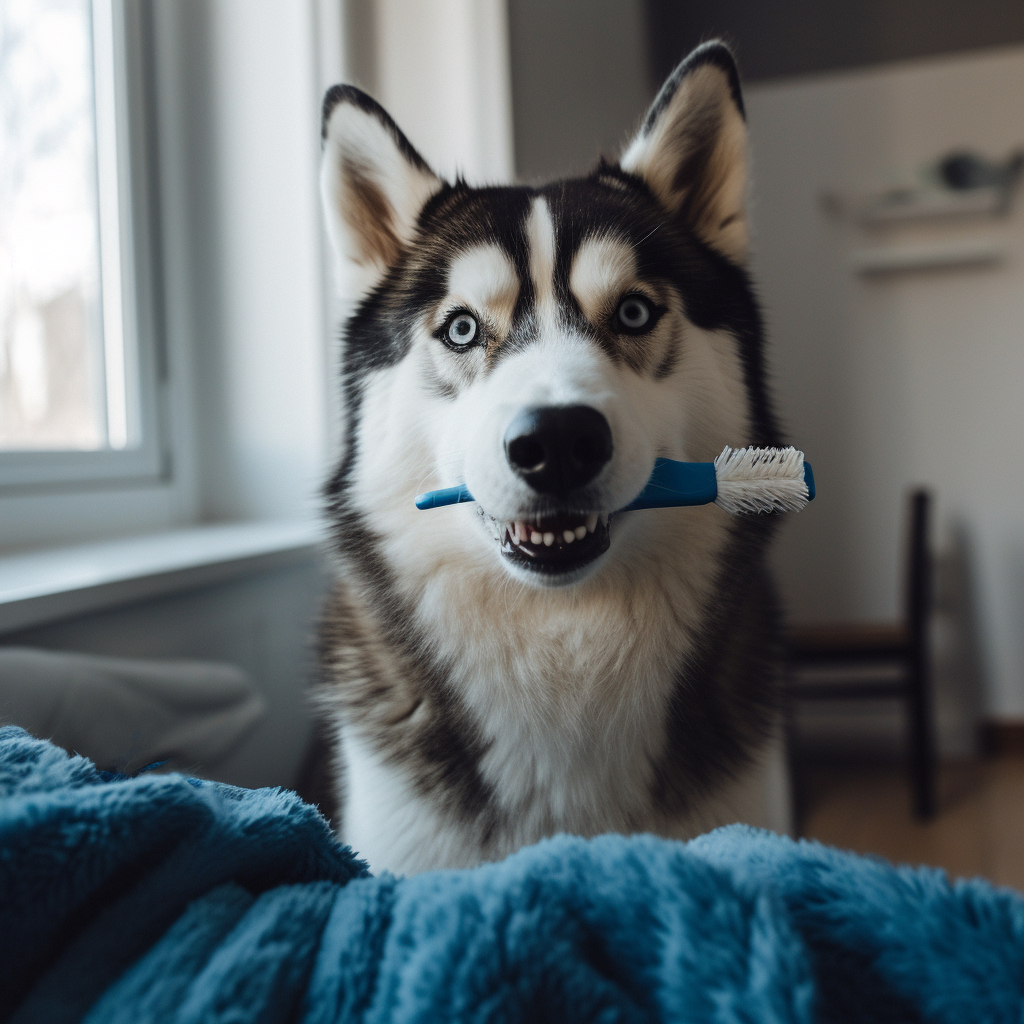
Nail trimming is another essential aspect of Husky care. Overgrown nails can be painful and cause discomfort when walking, so it’s important to trim them regularly, about every 3-4 weeks or as needed. If you’re nervous about trimming your dog’s nails, consider seeking help from a professional groomer or your veterinarian.
Lastly, keep your Husky’s ears clean and healthy by regularly checking for signs of infection, such as redness, swelling, or foul odors. Gently clean their ears using a dog-safe ear cleaner and cotton balls, but avoid using cotton swabs, as they can push debris further into the ear canal. If you notice any signs of an ear infection or are unsure about how to clean your dog’s ears, consult your veterinarian.
6. Living with a Siberian Husky
Ideal Home Environment
Siberian Huskies thrive in environments where they have plenty of space to run and play. A home with a securely fenced yard is ideal, as it allows your Husky to safely burn off energy. Keep in mind that these dogs are known escape artists, so a tall, secure fence is essential. Siberian Huskies can adapt to apartment living as well, but they will need ample opportunities for exercise and mental stimulation to prevent boredom and destructive behaviors.
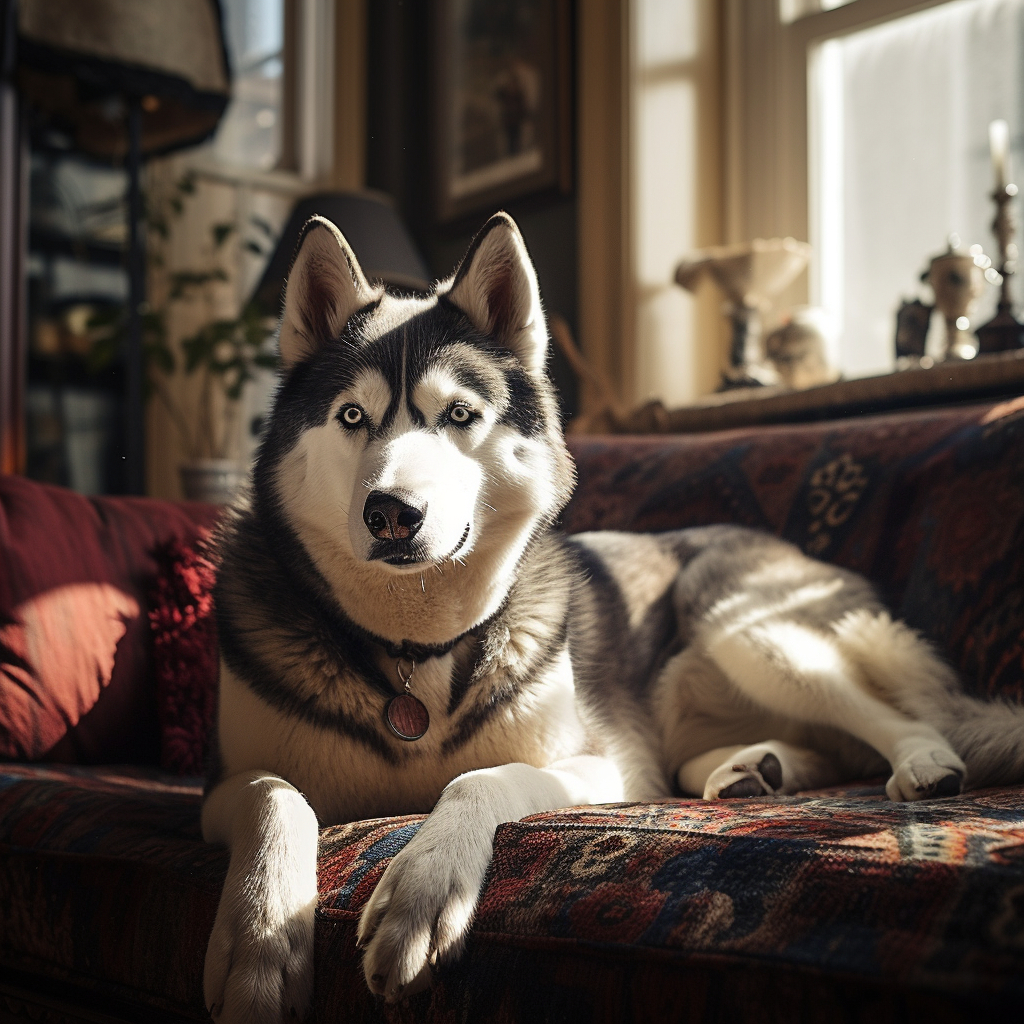
A family that leads an active lifestyle and enjoys outdoor activities makes a great match for a Siberian Husky. These dogs love to accompany their humans on hikes, runs, and even bike rides. They also do well in homes with other dogs, as they are pack animals by nature. However, supervision is recommended around smaller pets due to their high prey drive.
Feeding Requirements and Diet
Feeding your Siberian Husky a well-balanced and nutritious diet is essential for maintaining their overall health. Choose a high-quality dog food that meets the specific needs of your dog’s age, size, and activity level. Avoid overfeeding, as obesity can lead to health issues and decrease their quality of life. Consult your veterinarian for recommendations on the best diet and portion sizes for your individual Husky.
Keep in mind that these dogs are known to be “picky eaters” and may have a lower appetite than other breeds. Monitor your Husky’s weight and adjust their food intake accordingly. Providing them with a consistent feeding schedule and limiting treats can help maintain a healthy weight.
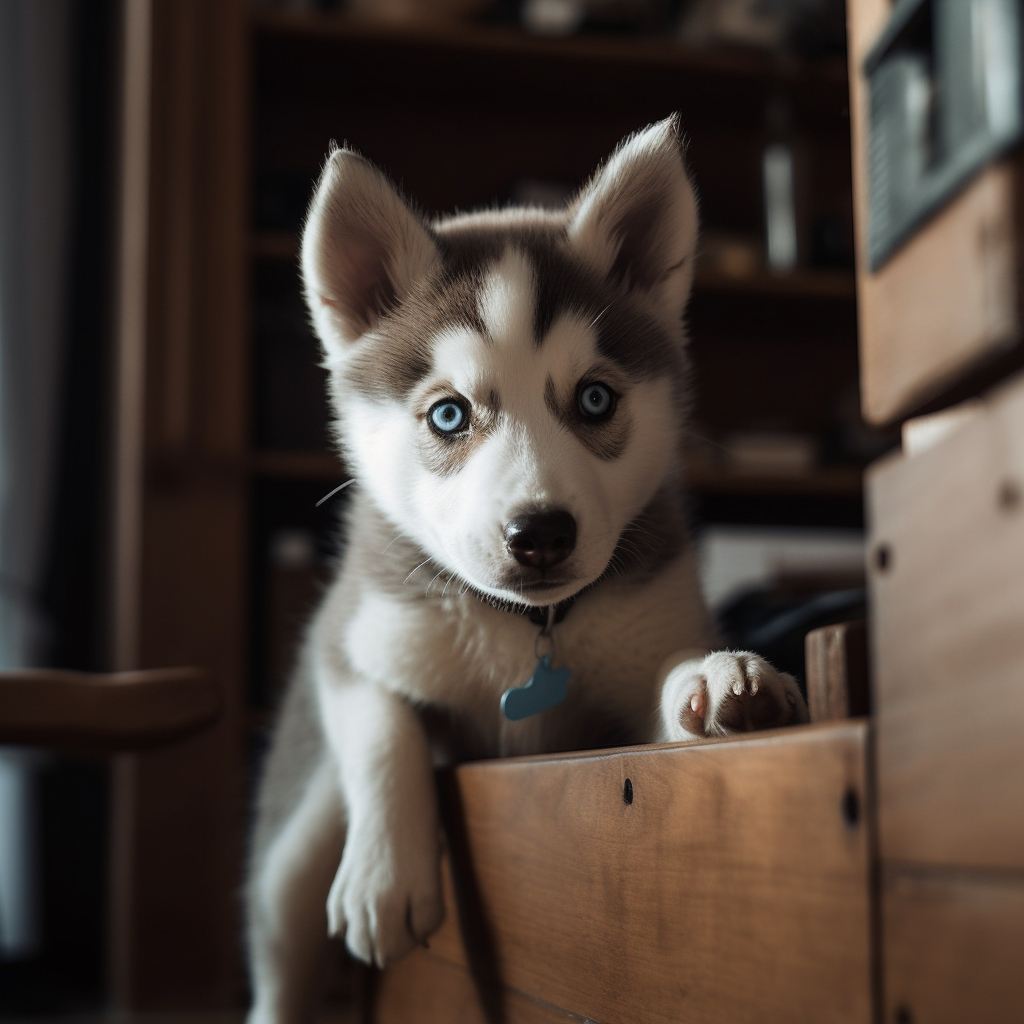
The Importance of Mental Stimulation
Siberian Huskies are intelligent and curious dogs that require mental stimulation to stay happy and engaged. Provide your Husky with a variety of interactive toys, puzzle feeders, and training exercises to challenge their mind and prevent boredom. Incorporate obedience training, trick training, and even dog sports like agility or scent work to keep them mentally sharp. Regular mental stimulation is essential for preventing destructive behaviors and maintaining a strong bond between you and your Husky. You can find more suggestions in our page on Husky Fun >>
7. Siberian Husky in Action
The History of Siberian Huskies in Sled Racing
The Siberian Husky’s history is deeply rooted in sled racing. These dogs were initially bred by the Chukchi people in Siberia to pull sleds over long distances in harsh winter conditions. In the early 20th century, Siberian Huskies were introduced to Alaska, where they quickly gained fame for their sled racing abilities. The breed’s endurance, speed, and strength made them ideal for this demanding sport.
One of the most famous Siberian Huskies in history is Balto, who played a crucial role in the 1925 serum run to Nome, also known as the Great Race of Mercy. Balto and his team braved treacherous conditions to deliver life-saving diphtheria antitoxin, highlighting the incredible abilities of this breed.
Modern Sled Racing and Other Dog Sports
Siberian Huskies continue to participate in sled racing events worldwide, such as the Iditarod Trail Sled Dog Race and the Yukon Quest. These modern races showcase the stamina, strength, and teamwork of these incredible dogs. In addition to sled racing, Siberian Huskies excel in other dog sports like agility, obedience, rally, and flyball, where their intelligence and athleticism truly shine.
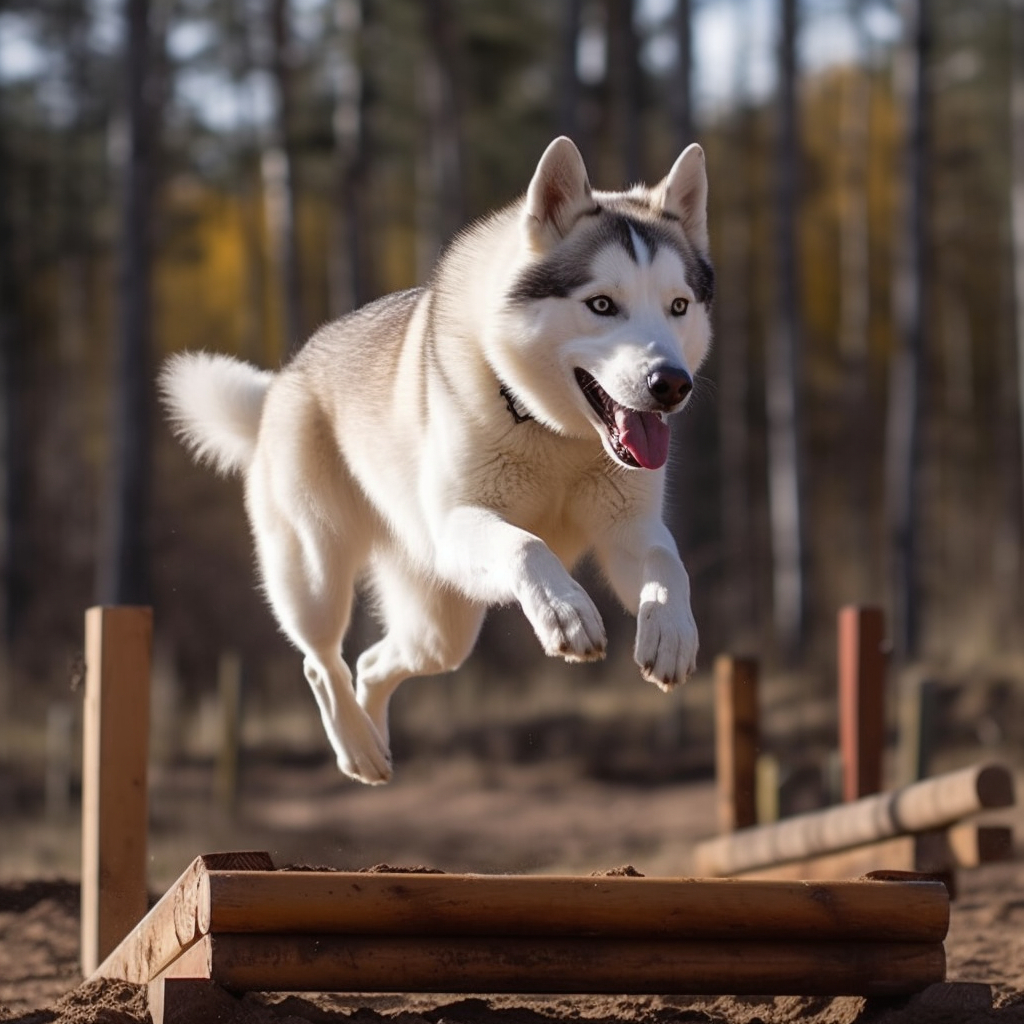
The Benefits of Sports and Exercise for Siberian Huskies
Participating in sports and exercise provides numerous benefits for Siberian Huskies. These activities help maintain their physical health and prevent obesity, which can lead to various health issues. Engaging in sports also offers mental stimulation, reduces boredom, and curbs destructive behaviors that can arise from pent-up energy.
Dog sports and exercise also help strengthen the bond between you and your Siberian Husky. Working together as a team, whether in a structured sport or during playtime, builds trust and enhances communication. Plus, it’s a fun and rewarding way to spend time together.
8. Article Recap
Understanding Siberian Huskies
Siberian Huskies are a unique and captivating breed known for their strength, stamina, intelligence, and loyalty. These dogs were bred to pull sleds in harsh conditions, making them well-suited for active families and dog sports enthusiasts. Living with a Siberian Husky requires dedication to providing proper exercise, mental stimulation, and consistent training.
The Joys and Challenges of Living with a Siberian Husky
Living with a Siberian Husky can be both rewarding and challenging. Their affectionate and playful nature makes them wonderful family pets, while their intelligence and athleticism offer endless opportunities for training and sports. However, these dogs also require consistent training, proper socialization, and a secure environment to prevent escapes and unwanted behaviors. The commitment to providing for their needs is well worth the joy they bring into your life.
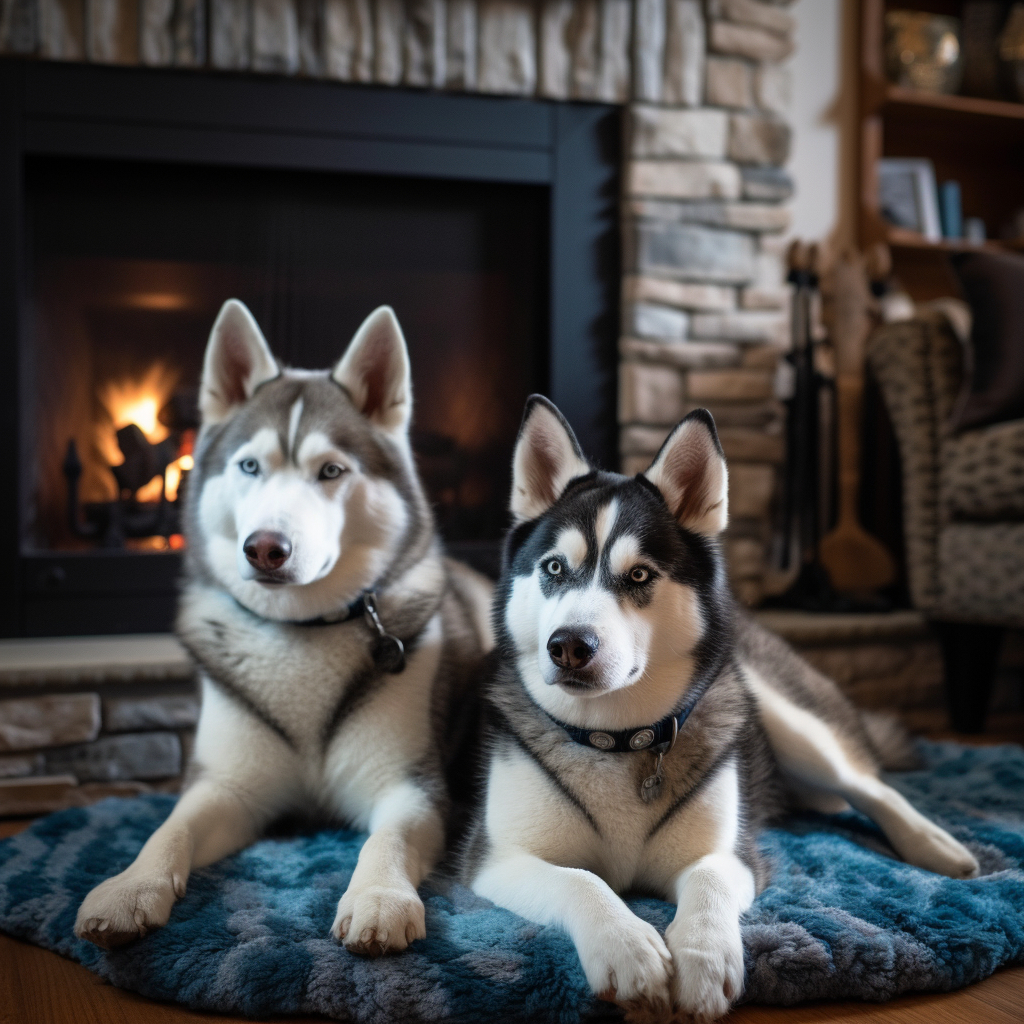
Final Thoughts on the Breed’s Unique Qualities
The Siberian Husky is a breed like no other, with a rich history, striking appearance, and captivating personality. If you’re considering adding a Siberian Husky to your family, be prepared for a whirlwind of adventure, love, and an endless supply of fur on your clothes. Embrace the challenges and celebrate the unique qualities that make Siberian Huskies truly exceptional companions.
Related Image Galleries:
Siberian Husky Pictures | Husky Wallpaper | Husky Puppies | Husky Clipart
Related Topics & Articles:
Siberian Husky Personality | Husky Grooming | Husky Deshedding | Husky Fun
Other Large Dog Breeds:
+ Cane Corso
+ German Shepherd
+ Pitbull